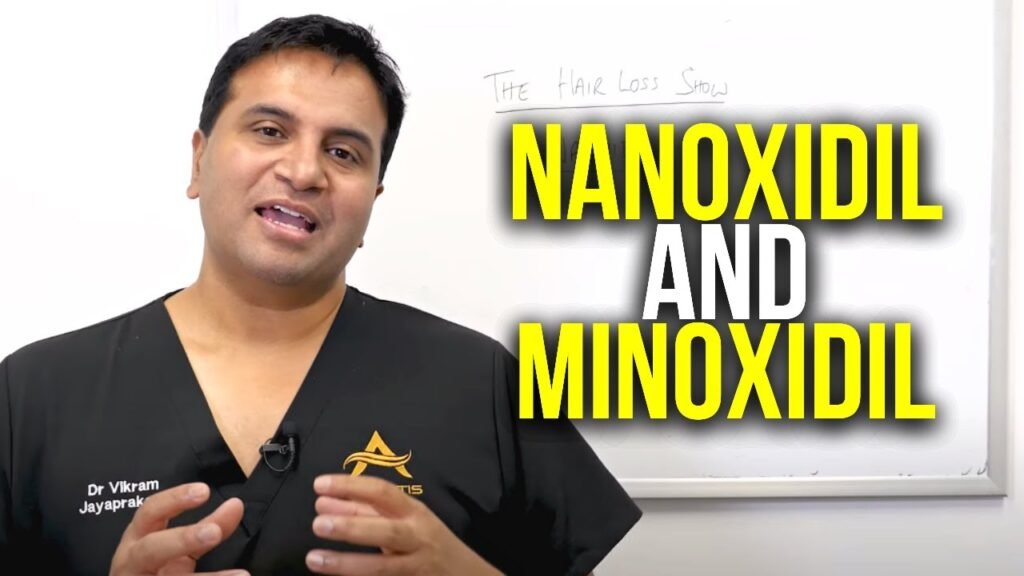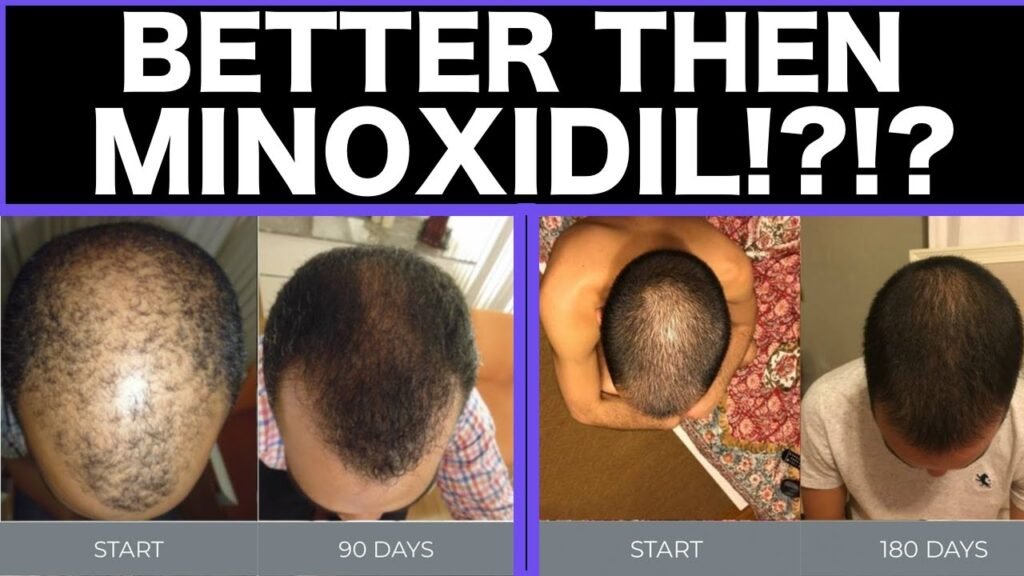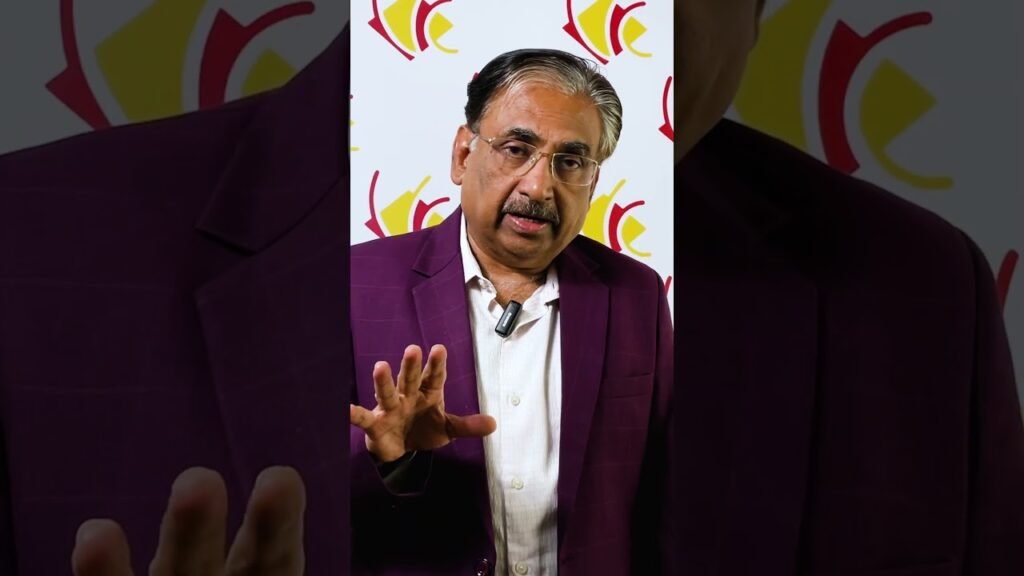Drawbacks of choosing Minoxidil vs nanoxidil
When considering hair loss treatments, many individuals compare the effectiveness and potential side effects of Minoxidil vs nanoxidil. One notable drawback of choosing Minoxidil is its potential to cause scalp irritation. Users often report itching, redness, and dryness, which can be uncomfortable and lead to discontinuation of the treatment. This can be particularly problematic for those with sensitive skin, as the alcohol and propylene glycol present in many Minoxidil formulations can exacerbate these issues.
Another significant concern with Minoxidil is the possibility of unwanted hair growth in areas other than the scalp. Some users have experienced facial hair growth or hair appearing on the hands and other body parts due to accidental contact with the solution. This side effect can be distressing, especially for women using the treatment. In contrast, nanoxidil, with its different molecular structure, is designed to minimize these side effects, potentially offering a more targeted approach with less systemic absorption.
Moreover, Minoxidil requires consistent and long-term use to maintain results, which can be seen as a drawback for individuals seeking a more convenient or less time-consuming solution. The commitment to daily application can be daunting, and missing doses may lead to a reversal of progress. While nanoxidil also requires regular application, some users find its formulation to be less greasy and quicker to absorb, potentially making it a more user-friendly option for those with busy lifestyles.


